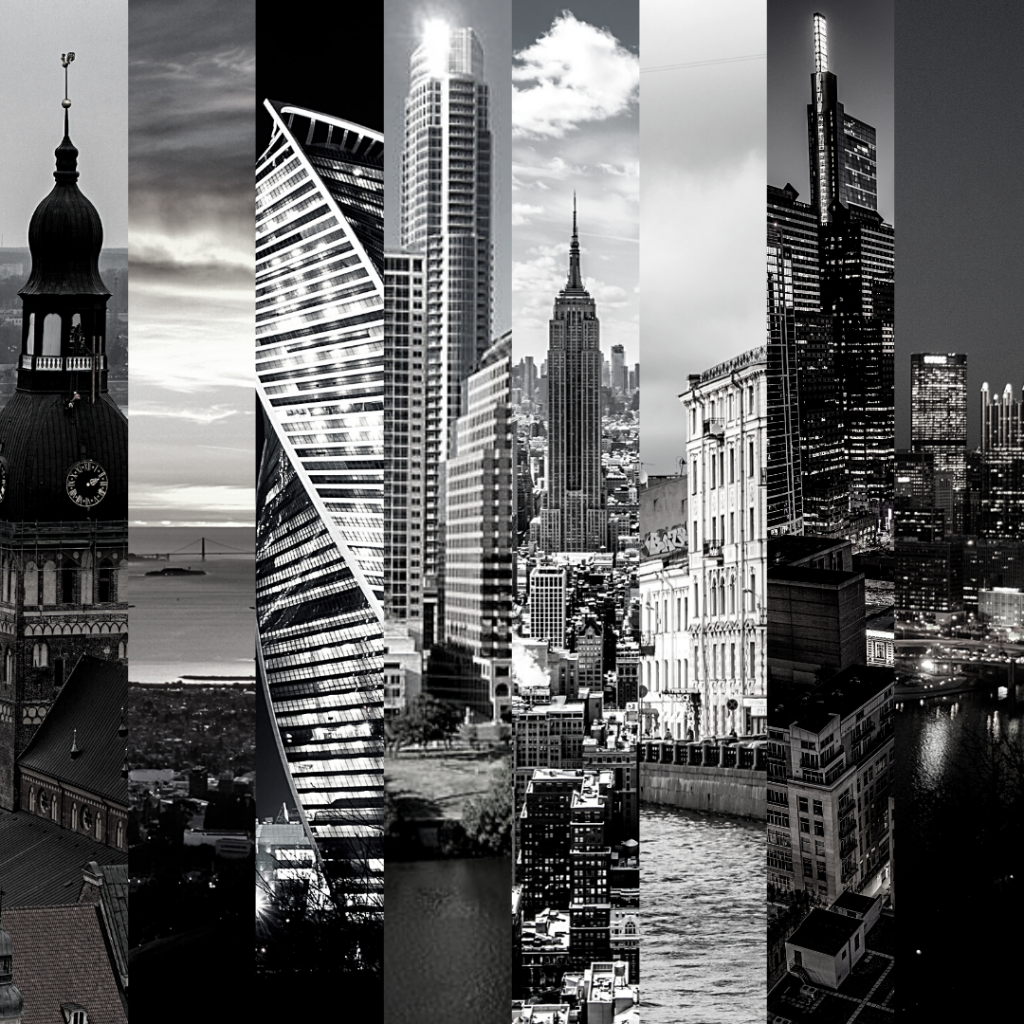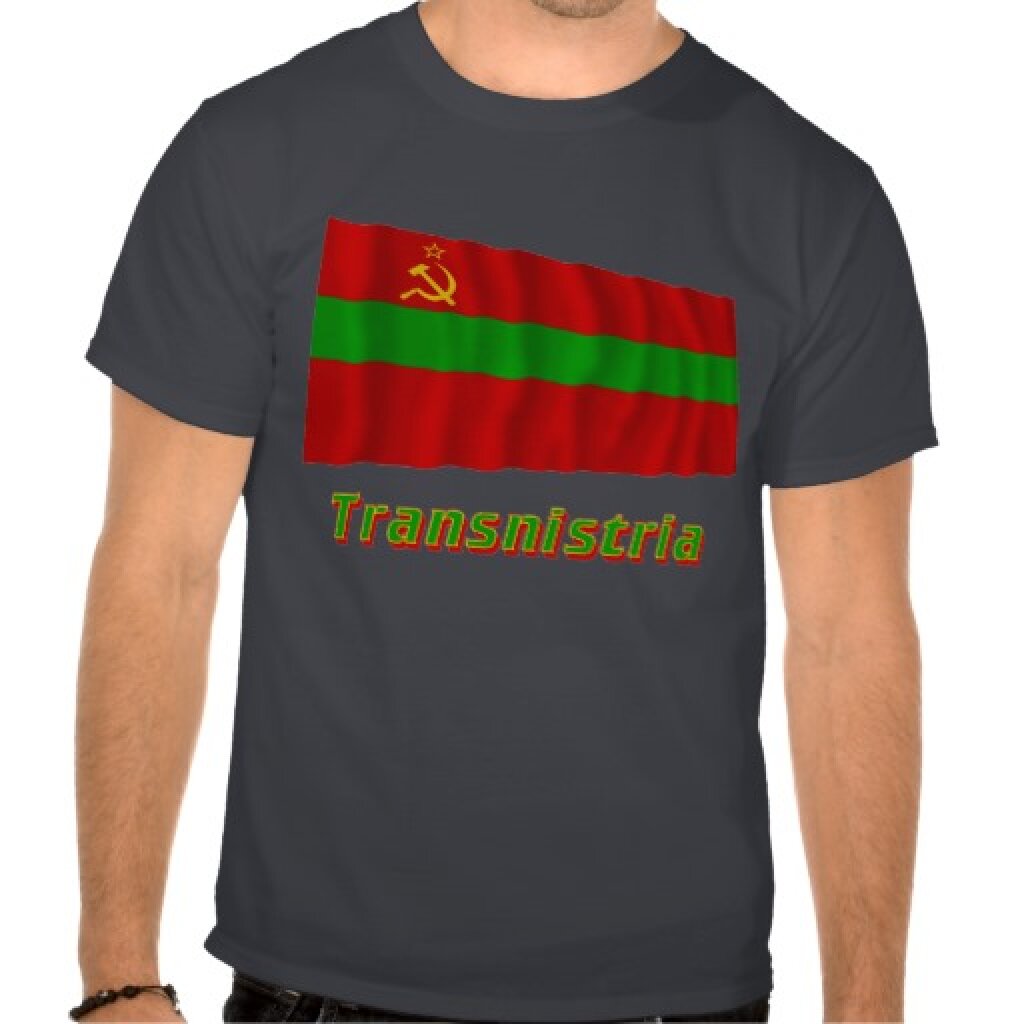In Fall 2020, our friend and colleague Stephen Cohen passed away. At the time, we honored him with a post containing testimonials from past and current recipients of the Stephen Cohen Fellowship, which funds graduate education for master’s students in the Department of Russian & Slavic Studies at NYU, and the Cohen-Tucker Fellowship, which supports dissertation research in the field of Russian Studies. This semester, we are publishing a series focusing on Cohen and Cohen-Tucker Fellows' experiences and research in the REEES field. This is the third such post. Past installments in the series may be found here.
This is Part I of a two-part post. Part II will follow on Thursday, 4/1.
Geoffrey Durham is a PhD candidate in the Department of History at the University of Pennsylvania.
It took a 1918 Soviet decree to fully implement the metric system in Russia. But it was tsarist-era academician Boris Jacobi who had brought delegates from all over Europe and the Americas to Paris in the 1870s to implement the metric system on a global scale. Most of the world today weighs and measures in metric units as the result of the initiative by Jacobi and his colleagues at the Imperial St. Petersburg Academy of Sciences.
The metric system itself was a late-eighteenth-century invention of French scholars and a revolutionary government. In keeping with the French Revolution’s assault on feudal custom, proponents of the metric system hoped to consolidate a national market and introduce a rational system of weighing and measuring rooted in nature.
French surveyors measured the meridian running through Paris, divided that figure by ten million, and came up with the "meter," the metric system’s centerpiece. All other metric units were related to the linear measure, with all subdivisions proceeding according to a decimal logic.
The metric system’s creators had global ambitions for their invention; it was to be a measure “for all people, for all time.” Napoleonic occupations and voluntary adoption by scholarly communities in Europe throughout the first half of the nineteenth century account for some of the metric system’s spread beyond France. Still, the Meter Convention of 1875 and the metric prototypes that the International Bureau of Weights and Measures (itself a product of the convention) distributed in 1889 took the form they did because Russian academicians led the charge to wrest a monopoly of the metric system from French hands.
As scholars throughout Europe and the Americas took on larger-scale projects and collaborated more frequently, the issue of ensuring that data and measurements could be accurately and precisely converted became simultaneously more important and more problematic. In the 1850s, judges at the universal exhibitions in London and Paris and delegates at the first two International Statistical Congresses identified a need for a common and uniform metrological language in order to share information.
In 1855, a group convened under the auspices of the Universal Exhibition in Paris to establish the International Association for Obtaining a Uniform Decimal System of Weights, Measures, and Coins. Scholars, financiers, and diplomats working in these circles continued to agitate for an international metrological system for years to come. By the end of the 1860s, Jacobi and Otto Wilhelm von Struve (Peter Struve’s uncle) had spent decades collaborating with other European scholars to build electrical motors, survey Earth’s surface, and coordinate the distribution of meteorological observations.
There was nothing exceptional about Jacobi’s or Struve’s participation in these international communities or their advocacy for the establishment of international metrological uniformity. In 1869, however, Jacobi—with Struve’s aid and support—took steps to jumpstart a movement for international metrology that had largely stagnated in the committee meetings of various conferences. At this juncture, Jacobi’s initiative—rather than the content of his ideas—becomes the key to the story.
When the Petersburg Academy of Sciences’ Physico-Mathematical Department gathered on April 8, 1869, its members listened to Jacobi delineate the obstacles that prevented the French metric system from serving as an international standard. The crux of these concerns was the lack of protocols for casting, comparing, and storing metric prototypes. Without a regulated procedure, the argument went, a globally uniform system was impossible because there was no way to ensure the immutability, accuracy, and precision of the prototypes sent around the world.
The pivotal moment for Jacobi and the story of the internationalization of the metric system resides in the two proposals he made at the end of his report on April 8, and that were approved by the Physico-Mathematical Section on May 20. First, Jacobi called on the Russian government to issue invitations for an international convention, the express purpose of which would be to devise new international standards and to regulate their production. Second, Jacobi asked that he be given leave and funds to attend the October meetings of the British Association for the Advancement of Science in October to garner support for his campaign.
Meanwhile, that summer, as Jacobi was preparing to leave for Exeter, the French Academy of Sciences received news of their Russian counterparts’ plan. The French academicians, led by General Arthur Morin, viewed Jacobi’s initiative as a national affront. The metric system was, after all, France’s gift to civilization.
Morin and the French academicians scrambled to prevent the Russian emperor from convening an international assembly. They wrote an open letter to their own sovereign, Emperor Napoleon III, encouraging him to invite foreign delegations to Paris to discuss a plan for facilitating global adoption of the metric system.
Before Alexander II could issue invitations to St. Petersburg—possibly even before he had been able to give the matter any consideration—the French foreign ministry sent invitations of its own announcing a conference in Paris in the summer of 1870. Not only did the French invitation preempt a Russian one, but it also presented an agenda more limited than what Jacobi had in mind. Whereas Jacobi had called for a full review of the prototypical meter itself, the French invitation whittled the agenda down to a matter of regulating the manufacture of copies for other governments.



